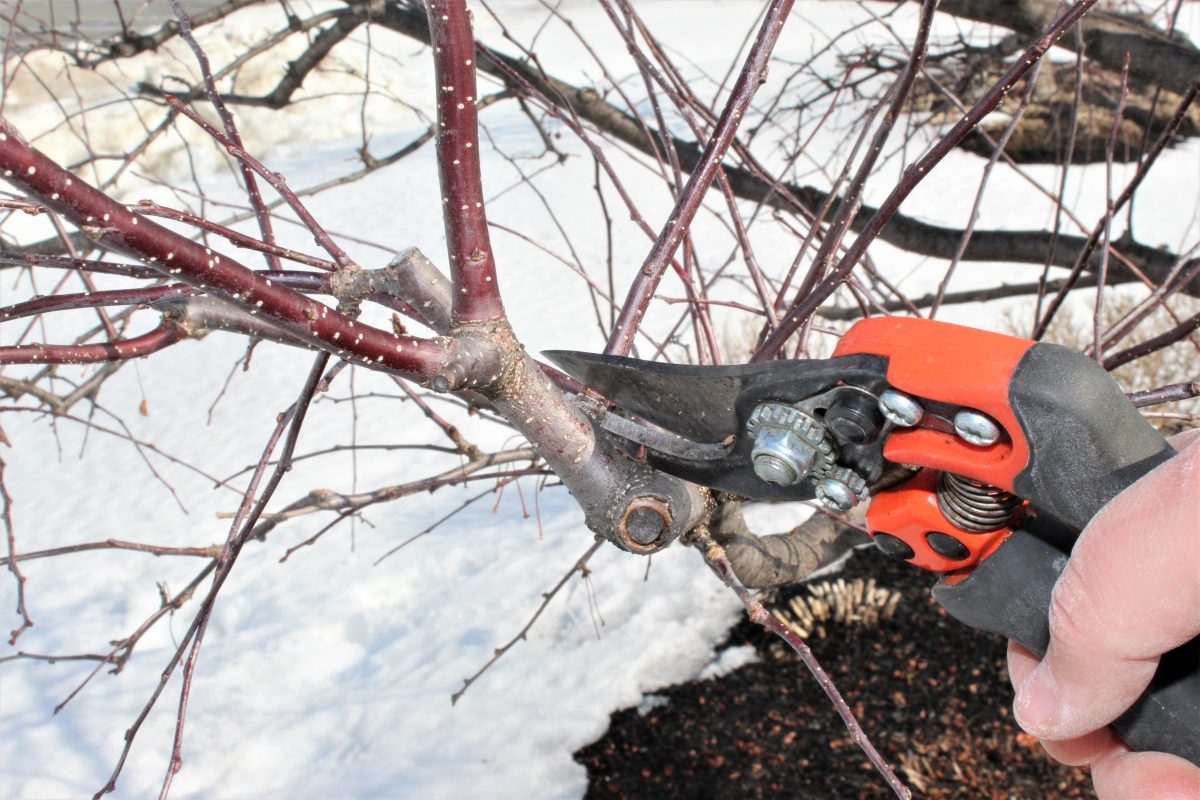Longfellow's Blog
Winter Pruning
Winter Pruning
Spring is fast approaching. Now that the threat of extreme cold is behind us, it’s time to get out the pruners. What we prune this time of year is determined by the plants flowering and fruiting cycle. Fruit trees, blueberries and summer blooming plants (i.e., hydrangea paniculata, butterfly bush, rose-of-sharon, spiraea japonica, and summersweet) should be pruned this time of year before new growth appears. Shade trees that have suffered damage over the winter may also be pruned for safety and aesthetics at this time. Hold off until later in the spring to prune trees that profusely bleed sap such as maple or birch.
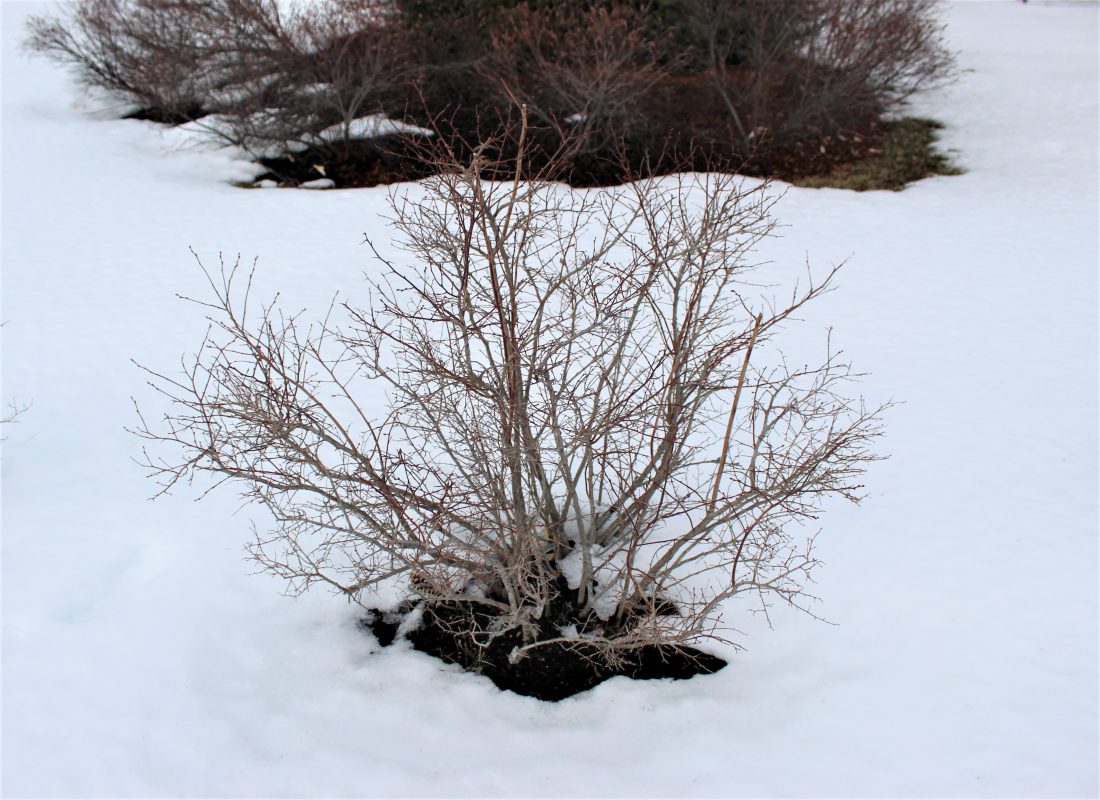
Before Pruning Blueberry Bush
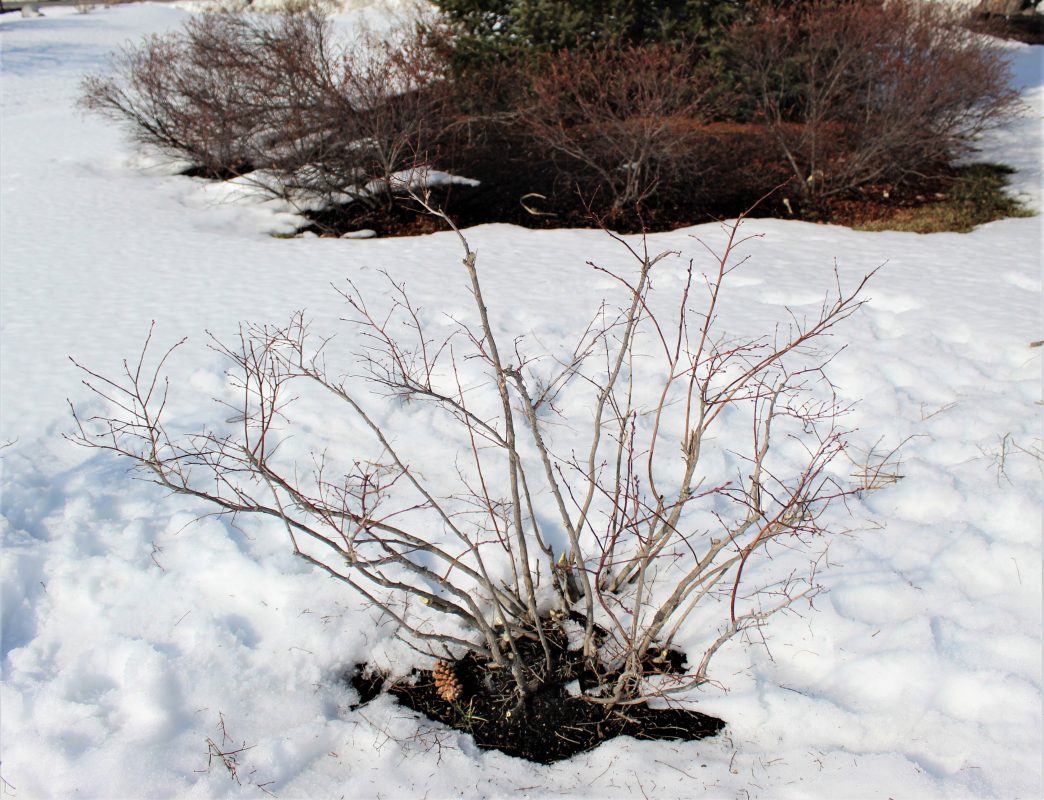
After Pruning Blueberry Bush
Wait to prune early flowering shrubs such as forsythia, magnolia, lilac, quince and rhododendrons. These items should be pruned immediately after they flower. Spring and early summer bloomers develop their flower buds for the following year soon after they are done flowering. These buds develop through the summer and fall, waiting to flower the next spring or early summer. Pruning these plants at the wrong time will remove potential blossoms.
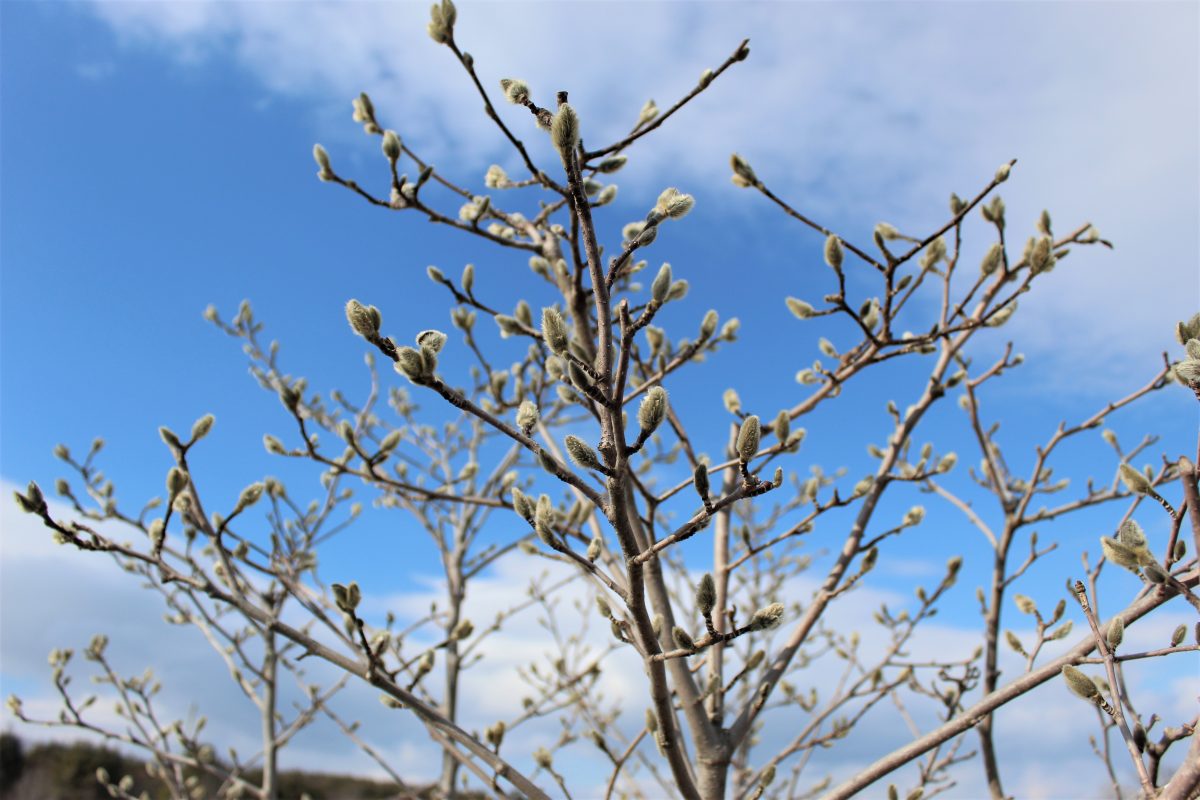
Magnolia with Flower Buds
Pruning gives you an opportunity to:
- Remove broken, dead and diseased wood. These branches can be removed anytime of year on any plant.
- Check for insect pests. While pruning, look for egg masses that overwinter on branches such as eastern tent caterpillar, viburnum leaf beetle, and brown tail moth. The caterpillar egg masses can be plucked off the branch, while the leaf beetles and brown tail should be pruned out and destroyed.
 Pruning off Brown Tail Moth
Pruning off Brown Tail Moth - Manage the size and shape of your plant if needed. Plants that have grown to big can be reduced with a combination of thinning and heading cuts. This is often necessary with plantings around doors, walkways and windows.
- Encourage better branching structure. Pruning stimulates dormant leaf buds and helps create a fuller plant when those buds start to develop.
- Thin a plant canopy. Letting more sunlight and air move through the crown of the plant helps prevent foliage disease issues.
- Reduce the potential of a heavy fruit load. Pruning helps reduce excess fruit buds off of a tree or shrub. This thinning process will improve the quality and size of the fruit left behind. Aim for quality vs quantity!
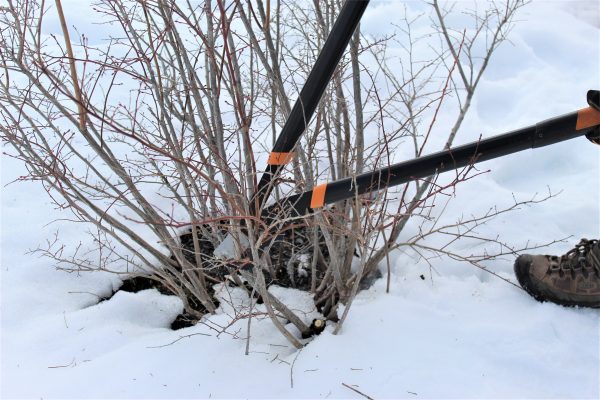
Thinning out Blueberry Bush
Having the right tools on hand will make your pruning job a lot easier. Bypass hand pruners, long handled loppers and a small hand saw are usually all you need to get the job done right. Always work with sharp tools! Disinfect your tools with rubbing alcohol between plants to ensure you’re not spreading potential disease problems from one plant to the next. If you are pruning out diseased wood, sterilize tools between each cut.
When you prune trees and shrubs it is good to follow an order of operations as you go.
- Start by removing dead, diseased and broken branches.
- Move onto branches that may be crossing and rubbing against each other.
- Branches going in toward the center of the plant should also be removed.
- Next, move onto thinning and heading cuts. Most of the cuts you end up making should be thinning cuts. These cuts will be what reduces the plants size, redirects the plants new growth and opens up the canopy to let air and sunlight through. Thinning cuts remove a stem back to the crown of the plant or to an area where it meets another branch. Heading cuts remove the end of a shoot or branch and encourage new growth and branching at the tip. To many of these cuts can result in excess woody tissue forming at the top of the plant.

Thinning Diagram from University of Maryland Cooperative Extension
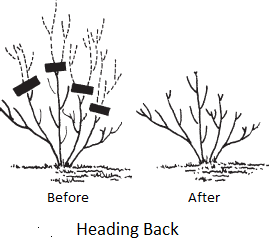
Heading Diagram from University of Maryland Cooperative Extension

Tree Pruning Diagram from University of Maryland Cooperative Extension
Where you make your cut is also important. For heading cuts, cut just above a bud that is pointed in the direction you want the new growth to be directed. Cut at a slight angle about ¼ of an inch before the bud. For thinning cuts, cut back to the crown or to a branch collar. The branch collar is an area of thickened cells that seal up the wound. Cutting flush to a branch or trunk removes these cells a take away the plants ability to heal itself.

Branch Collar Diagram from TLC for Trees
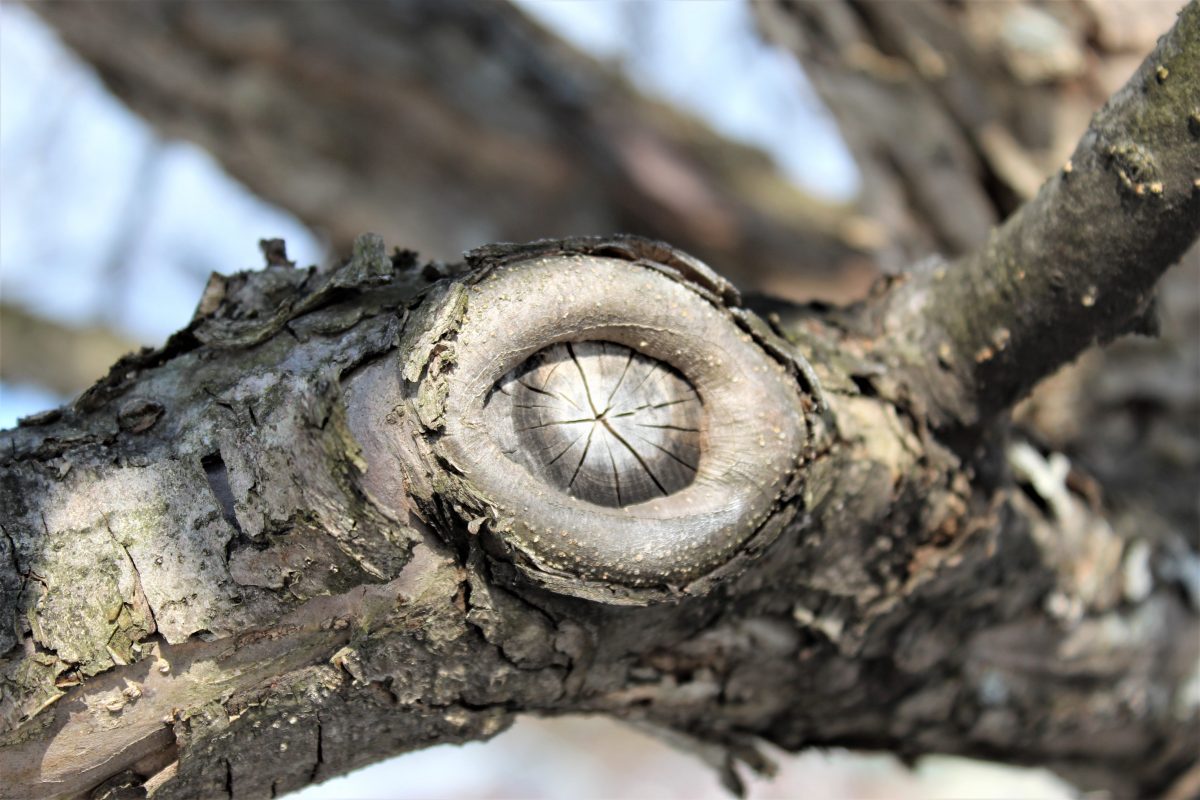
Branch Collar Healing from Previous Cut
A good rule of thumb is to never prune off more than 1/3rd of a plants living tissue at any one time. It is also good practice to take a few steps back from the plant every so often. This will let you reevaluate the pruning needs of the plant as you go. Just like a haircut, you can always take more off but you can’t put it back on. Following these guidelines will help you create a healthy plant that is beautiful and productive for many years to come.
– Longfellow’s Nursery

